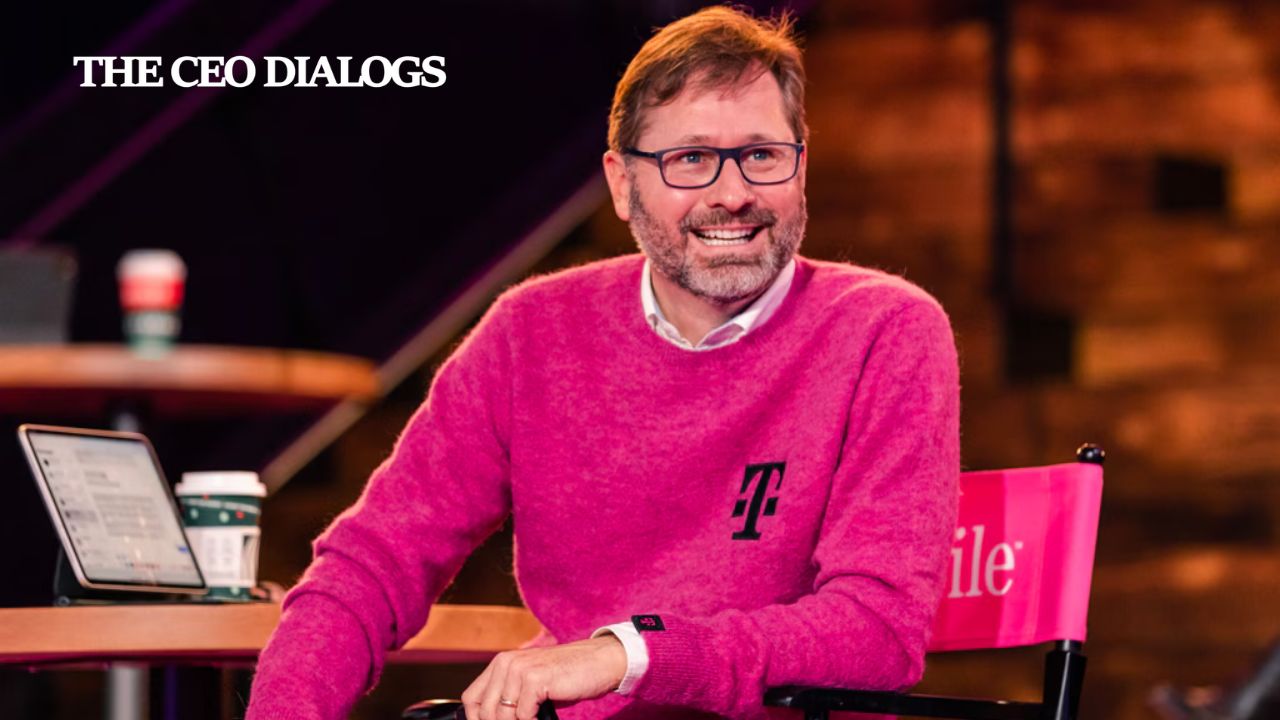As Intel’s Vision conference began Monday, Lip-Bu Tan alerted the audience to “stay tuned” for the company’s plans for humanoid robots.
In a new job, two weeks is obviously not a long time. It’s not like Lip-Bu Tan has time on her side.
Following his appointment as CEO on March 18, Tan has already begun outlining some of his goals for the renowned but ailing chip company. The necessity to “up our game” in order to make Intel’s products more competitive in the vital market for artificial-intelligence systems was mentioned by Tan in a letter to shareholders that was included with the company’s annual report on Thursday.
He said that he was “equally focused” on expanding the foundry division, which is where Intel produces chips that have been designed by other businesses.
That is to say, the same goals that Intel’s previous CEO was attempting to achieve. At a keynote on Monday to begin the company’s Intel Vision conference, Tan restated those arguments. With the exception of a few goals like improved AI tactics and specially designed chips for specialized computing tasks, the Tan playbook was not much different from his predecessor’s. He advised the crowd to “stay tuned” for Intel’s intentions on humanoid robots.
Given how brief his time on the job has been, Tan may have bigger changes in mind. However, it appears that Intel does not have the option of more of the same.
After a multi-year, ambitious attempt to enhance the company’s chip designs and bring its production processes up to the standards set by Taiwan Semiconductor production, or TSMC, Tan’s predecessor, Pat Gelsinger, was successfully ejected.
At least so far, that endeavor has not been successful. The once-flush chip manufacturer has been losing money since 2022, and during the past four years, Intel’s yearly revenue has decreased by 33%. Last year, the foundry company, which still primarily manufactures chips developed by Intel, lost $13.4 billion.
Tan has alluded to a number of changes, including additional adjustments to Intel’s cost structure. S&P Global Market Intelligence data shows that despite a 13% reduction in staff last year, the company still employs a significantly larger number of people than any other company in the PHLX Semiconductor Index.
This has led to some comparatively poor efficiency. With roughly $488,000 in revenue per employee last year, Intel is less profitable than other chip makers like Micron and GlobalFoundries. Furthermore, it falls well short of the $906,000 per worker that TSMC produced in 2023, the most recent year for which the company’s workforce is accessible.
Listening more intently to clients is another tactic used by Tan. That may sound like corporate jargon, but at Intel, it has real meaning. A near-monopoly on personal computer chips and decades of technological success fostered a culture of conceit. After Gelsinger graduated from a technical school, an Intel recruiter interviewed him for his first job at Intel and described him as a little cocky, adding, “He’ll fit right in.”
Tan has hinted at having some more lofty goals as well. In his letter to shareholders, he stated that Intel and Nvidia would fight to create massive AI-specific computer equipment cabinets. Considering Intel’s delayed start, that appears to be both expensive and dangerous: Last year, Nvidia began creating such equipment, and it is currently being produced.
A more profound change in Intel’s operations is what Tan’s strategy hasn’t included yet. Like when Intel itself stopped producing memory chips in the 1980s, the present wave of AI would have been referred to as a “strategic inflection point” that called for immediate action by Andy Grove, the legendary Intel leader who served as Gelsinger’s mentor. Because Japanese manufacturers were producing memory at a lower cost at the time, Intel was unable to turn a profit.
Thus, Intel entered the tiny personal computer CPU industry at that time.
According to several analysts today, Intel should follow a long-standing industry trend and separate its manufacturing operations from its chip-design and marketing departments. It might attract external investors to the manufacturing business to raise additional funds, something the business is now negotiating.
Tan has been well received by investors thus far, and since his appointment in March, the company’s stock has increased by 10%. The market may lose tolerance with him, though, if he doesn’t quickly present a fresh approach that is both encouraging and sufficiently different from Gelsinger’s.









